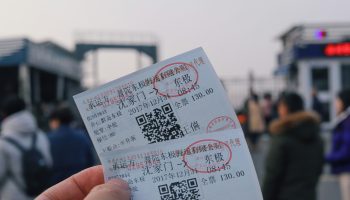In the wake of the COVID-19 pandemic, public gathering places are being locked down and people across the globe are observing social distancing and quarantine, whether self-imposed or by edict, as a precautionary measure to contain the spread of coronavirus. This ordeal has made people – even our software developers! – adjust their daily lives while being in isolation and necessitated most people to work from home.
Now, working from home is not a new concept – certain professions and businesses have sustained on fully-remote workforces and most companies (even Microsoft!) generally offer flexible options for employees to work remotely. However, the recent work policies are new for many employees and businesses, who are now seeking the best way of working remotely from home.
There is no denying that working remotely comes with its fair share of challenges that need to be addressed and improved. It takes planning and thoughtful policymaking to ensure that all employees are productive, motivated, coordinated and focused on meeting the set goals even when they are working out of the office.
Some obvious challenges of remote-working include lack of face-to-face communication leading to lower efficiency, reduced access to information and support, and lack of collaboration and camaraderie between coworkers. However, efficient planning, implementation of proper policies, and using the right work from home tools can help employees and businesses overcome the challenges. These are some of the things that businesses need to adapt to keep their human resources safe and healthy during a global health crisis like COVID-19. This article is a guide for employers and employees to learn how to work from home and what working from home tools to use.
Before we jump into a discussion of the best remote-working tools, let’s first begin by highlighting some of the most important things to consider before a business’ employees start working from home.
Checklist of Things to Consider Before You Start Working From Home
Here’s what businesses should take care of before they implement a work from home policy for their workers:
- Access to working internet: It goes without saying that in order to work from home, employees will need to use online tools which obviously require a working internet connection.
- Targets and follow-up meetings: Set clear targets for every team and individual employee, follow up on them and have regular meetings to discuss progress.
- Discuss availability: Before implementing work from home, it is important to discuss if you want employees available at certain times of the day, especially if they work from different time zones.
- Access to resources and information: Make sure all the employees have some form of access (cloud, VPN or drive) to information and resources on the company’s server.
- Set remote-work policies: Planning and policymaking can ensure effective implementation of work from home. Set clear policies regarding work hours, targets, meeting times, and methods of collaboration.
- Provide training: If you use a new remote working tool to facilitate work from home, it is important that you provide training to employees to familiarize them with these tools for working from home.
- Set a routine: Set a work routine and discuss it with coworkers so they know between what times you will be working.
- Maintain work-life balance: Working from home does not mean working all the time; take a break from work and follow your set routine to balance your work and life.
Tech Tools to Help You With Working Remotely
Working from home can be easy and efficient if the right working from home tools are utilised by employees and employers for collaboration, communication, and task management.
Collaboration and Messaging Tools
With the lack of face-to-face interaction, employees working from home often have trouble collaborating and communicating with other coworkers or managers, especially those who work on team-based tasks and projects. Even though workers may be connected through their mobile phones, it is always helpful to use the right collaboration and messaging tools to facilitate and streamline communication amongst the workforce. The better connected you are, the better you work – that’s the essence of efficiently working from home!
If you are working remotely from home and need collaboration and messaging tools to communicate with your coworkers, here are some of the top tools for you.
1. Slack
Emails are often insufficient if the nature of work requires a time-sensitive and constant exchange of information between a group of workers. Here, Slack has proved to be one of the best online communication tools. Slack is a fun and simple tool to help team members chat and collaborate internally. It eliminates the need for using emails and other messaging tools for internal communication.

All employees who are to work from home can easily download the mobile or web application for free, set up, invite and join the workspace with their team members. With Slack, you can create different channels for different topics of discussion to keep the communication streamlined and relevant to the topic of that channel. Slack’s channel feature is a great way for employees working in a team to collaborate with other members regarding their team-specific work. It is also a great tool for managers who are responsible for managing different teams to communicate and collaborate with each team through their individual channels, keeping everything organized and clutter-free.
Slack can be easily integrated with other tools, cloud storage, and applications, such as Trello, Dropbox, Google Calendar, and Microsoft OneDrive, which makes it a handy, all-in-one remote-working tool. Whether you are looking for remote desktop tools for working from home or mobile applications to work from home with your team, Slack might be a well-suited tool for you.
Stay at home during the current COVID pandemic and bring all your communication together with Slack, so you can respond and collaborate with your team members in an informal and time-efficient manner without wasting time on writing formal emails and scrounging through your inbox’s clutter.
2. Google Hangouts Meet
Instant messaging and collaboration tools help while working remotely. However, some instances require a face-to-face meeting with individual employees or teams. In such a situation, Hangouts Meet by Google is one of the smartest online communication tools that make video conferencing simple and efficient. With Google Hangouts Meet you can easily start a video meeting with your coworkers immediately or schedule it for later. You can invite them by sharing meeting codes.
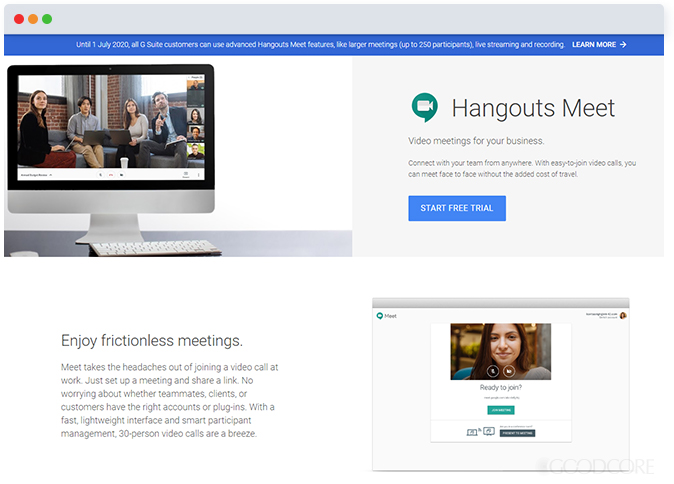
With Hangouts Meet, managers can also use Google Calendar to schedule a video meeting with their subordinate employees by simply creating a meeting in the calendar and adding all the guests for that meeting. This would automatically send a notification to the employees regarding the scheduled meeting, the meeting ID, and all other relevant information. Employees working remotely can also join the meetings on Hangouts Meet through their phones by dialling the meeting number.
COVID-19 has brought to light the importance of employees to productively work and meet business targets even while they work from home, and Google Hangouts Meets is the easiest way for managers to conduct daily or weekly meetings with their teams for discussing their progress and work targets. Google has even announced to help businesses during the ongoing outbreak by providing access to Hangouts Meet’s advanced capabilities for free.
3. Workplace by Facebook
Workplace is another efficient collaboration and communication tool that helps reduce the distance between people and their work. It is an app and a website created by Facebook that facilitates formal and informal communication between people working within the organisation. Think of it as a modern upgrade from your old-fashioned internal communication.
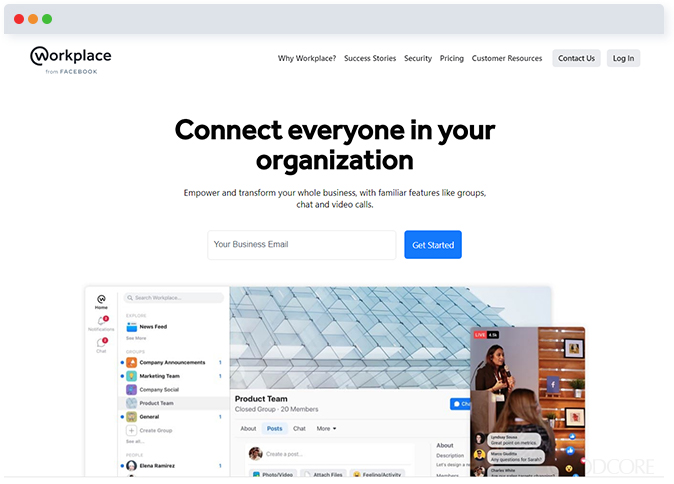
Workplace is a simple-to-use communication tool that everyone who is familiar with Facebook will be able to use with ease. With an interface similar to Facebook, Workplace allows workers to create, explore and join groups within their workplace community. These groups can be created for any targeted topic or team of employees, allowing project managers to create separate groups for every project and adding the relevant employees to the group to easily collaborate with them. Based on the nature of the work or topic of each group, the group creator can choose to keep the group private or open for everyone.
With Workplace’s video chat feature, employees working remotely from home can have video meetings to collaborate with team members. The live chat and the interface that is a lot like Facebook’s News Feed help employees stay in touch with the rest of the work community.
4. Zoom
Zoom is another audio and video conferencing software that has become relevant given the current Coronavirus outbreak, especially for communicating with coworkers and managers while working remotely from home. If you are a manager who wants to conduct meetings with your subordinates or an employee who wants to collaborate with other members you are working on a team project with, Zoom is the right tool for you.

With Zoom, you can conduct meetings and video webinars, and build interactive conference rooms with other employees. It also comes packed with other useful features such as a phone system and business IM that you can use to engage with your supervisors and co-workers by messaging, calling, and sharing files with them.
What makes Zoom one of the best free remote desktop software and mobile applications for collaboration is its ability to easily schedule meetings. With Zoom’s meeting scheduler, you can create future meetings in a few simple steps by setting the time and duration of the meeting, inviting the meeting attendees and choosing other meeting settings. You also have the option to make a meeting a recurring one so that you do not have to set it up every time. Zoom also gives you an option to record all your meetings so that you may refer to them later if needed.
Zoom is not an old-school video-conferencing software. Its advanced yet easy-to-use features make it a modern solution for collaboration while working remotely from home.
Project Management and Monitoring Tools
While collaboration and communication platforms are important working from home tools, it is also necessary to use tools for managing and monitoring your employees’ and coworkers’ performance. After all, you cannot tell whether they are actually even on their computers during work hours. On the other hand, employees may not approve of software that monitors them too closely to the point that it feels like spying. Especially since they could be entering passwords and other sensitive data on their computers.
Thankfully, some developers understand this need and design their apps accordingly. If you want to find the best employee monitoring software, choose one that tracks activity levels without violating users’ privacy. It is also best to find one that is easy to use so it doesn’t involve a frustrating learning curve. You can test out tracking software yourself and also let employees try it out before officially implementing it. This way, they will feel more involved in the process and will have a chance to give feedback. Overall, managers find that using employee monitoring software for remote workers improves productivity when used right.
Following are some work from home tools that are brilliant for assigning and managing tasks and seeing how they are being carried out by employees when they work from home.
5. Trello
Trello is a web-based task management tool that helps you organise your projects, stay on top of your targets, and remain productive even while working from outside the office. With a tool like Trello, you can organise specific projects into individual boards where you can create a list of tasks related to that project, add notes, and keep a track of what tasks are done and what is being worked on. You can create cards to add information, comments, due dates and notes regarding each task, which gives you all the necessary information about the tasks at a glance.

To work within a team, you can create and share boards amongst all the team members, integrate with apps that your team uses and keep track of the project’s progress. Trello is also a great tool for project managers to define the roles and responsibilities of each team member so their performance while working remotely can be evaluated against the roles that are assigned to them. By creating cards for each member and adding their lists of assigned tasks, Trello can measure the performance of each individual employee in terms of the number of hours they have spent on performing the assigned roles.
While we are stuck at home during the Corona outbreak, a tool like Trello can help us stay focused on our work tasks and update our supervisors or employers about our performance while working remotely.
6. Asana
Asana is a flexible work management tool similar to Trello that makes the process of managing the tasks of individuals or teams easier. With Asana, you can create checklists and boards for the tasks related to every project and check them off once they are completed. For bigger tasks, you can even create a list of subtasks within each task to always stay on track. With the calendar feature in Asana, you can set important deadlines for tasks and make sure you never miss them.
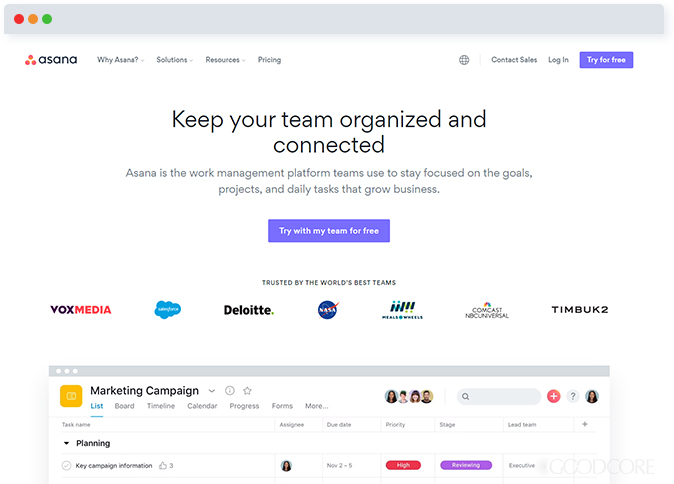
Asana gives you the flexibility to create projects and choose the type and template of each project. For creating tasks within the project, you can create and assign tasks to team members in a few simple steps and easily share information and materials regarding each task in the same section. This helps you structure the project and assign tasks your own way to align with the project goals.
So even if you have an important business project to work on, you can use Asana to connect with your project team and organise tasks while working from your bed.
7. Time Doctor
Time Doctor is a tool for monitoring the performance of employees while working from home. Although the opportunity to work from home results in higher productivity and output, it can lead to lower performance or lack of motivation in some cases. While employees work remotely, it becomes important for employers and managers to make sure their employees are focused on work and productive. Work from home tools, like Time Doctor, help employers keep track of their employees.
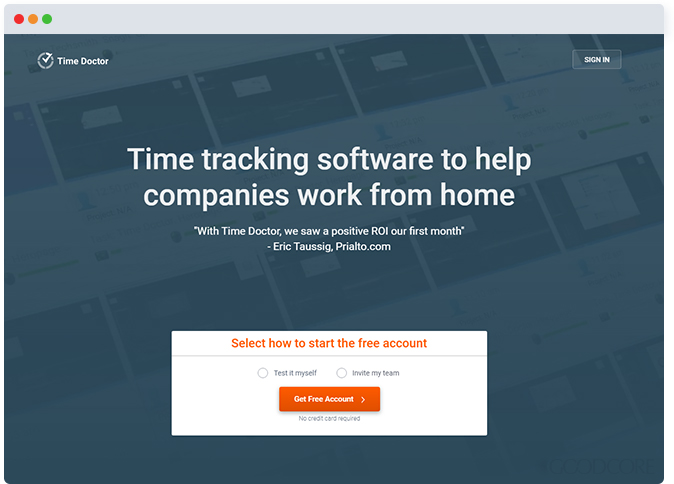
Time Doctor is a time-tracking remote desktop tool that tracks what tasks employees are working on, how much time they spend working on them, and how long they take to complete them. Each employee’s or team member’s performance and activity report can show how productive they have been, helping employers identify which employees have been less productive while doing their work from home. A tool like this helps employees be accountable while working from home so they don’t slack off and keep meeting their work targets.
8. HiveDesk
Similar to Time Doctor, HiveDesk is also a tool to monitor employees and track their activities throughout their time at work. HiveDesk is best suited for companies that have employees working on various remote work projects as it allows workers to choose the project they are working on. Once the tool knows the project each worker is working on, it can start monitoring their activity and track their time as they perform their tasks. It also provides insights into each worker’s level of productivity and time management in the form of weekly timesheets.
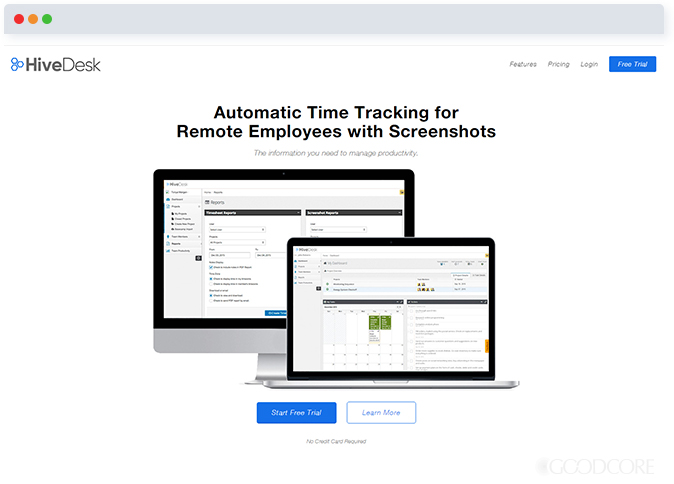
HiveDesk is considered an easy solution to ensure that everyone is focused on the tasks they are supposed to do even while working from home. It even offers a feature to capture screenshots of workers’ screens at random times. However, often employees find tools to be excessively strict which negatively impacts their productivity and motivation levels.
Reduced access to information and resources is a major drawback of the working-from-home approach. Employees often struggle with accessing all the information, resource material, and tools they need while working from home that they can easily access from the office. To avoid such situations, there are some common tools like Google Drive and Dropbox that help remote workers share cloud storage and access important information and resources.
9. G Suite: Google Sheets, Google Docs, Google Slides, Google Drive
Google Sheets, Google Docs, Google Slides, and Google Drive are tools that need no introduction. Sheets, Docs, and Slides are online versions of MS Excel, MS Word, and MS PowerPoint. These documents can be effectively shared and worked on online while working from home. All of the Google files are automatically stored on Google Drive’s 15 GB of free cloud storage.
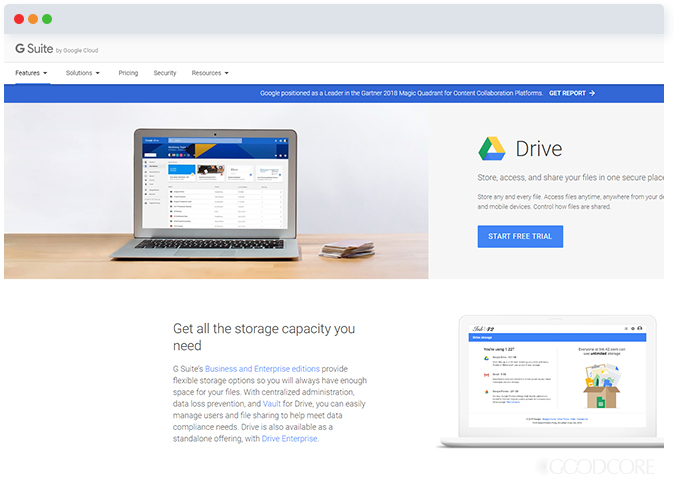
Google Drive and G Suite make your life easier whether you are working from the office or your home. They keep everything synced and secured and allow you to even work in offline mode. You can access your documents from your phone, tablet, or PC from anywhere around the world – all you need is an internet connection and your Drive’s login credentials.
10. Office Online Suite
Office Online Suite is basically Microsoft Office for the Web where you can save all your work, share it with your coworkers, and access it while working remotely. Office Suite is easy-to-use due to it being very similar in format to MS Word, Excel, and PowerPoint. Anyone who has experience working on these Microsoft tools would surely be able to work on the Office Online Suite.
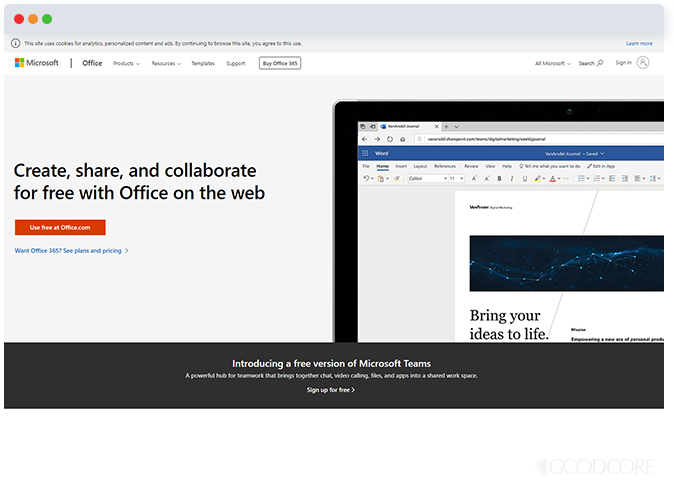
11. Dropbox
Dropbox is another incredible cloud storage tool where work-related documents and resources can be uploaded and accessed remotely. It is an easy and straightforward shared storage solution that employees can use while doing their work from home.

Other than storage, Dropbox has also recently come out with Paper, their own version of Google Docs and MS Word for collaborative document-editing.
3 Tools to Help Software Developers Work From Home
Being a software development company ourselves, we fully understand the amount of collaborative effort that is required throughout the software development cycle. Every software development project, no matter how big or small, requires the collective input of specialised team members, including project managers, developers, software architects, QA engineers, and UI/UX designers, as well as frequent communication and collaboration with the clients. This means that software developers need the right tools for working from home and collaborating with their team members. Following are some of the relevant tools to help developers work remotely from home.
12. GitHub

GitHub is a code repository that helps develop software together. Developers can use GitHub’s Pull Request feature to effectively collaborate on the changes within the code with their team members, where they can easily propose, review, and discuss the changes before implementing them.
13. JIRA
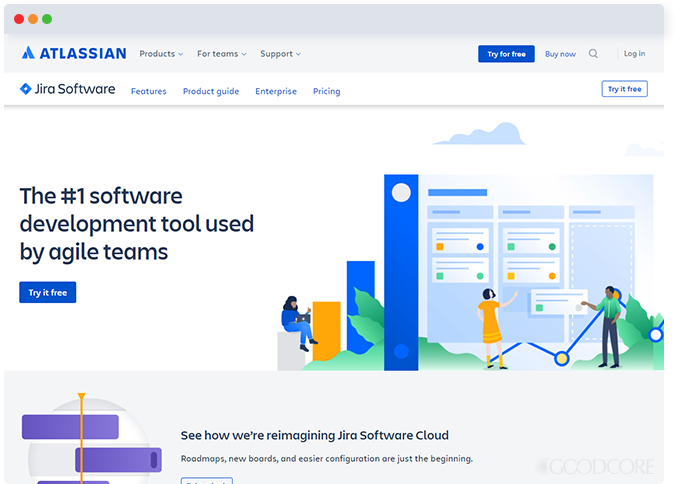
JIRA is a workflow management tool for developers to stay on top of their software delivery schedules. It is suited for agile software development since it allows project managers to create workflows for every sprint and ensure that the team has started and finished the required work within the sprint’s timeline.
14. InVision
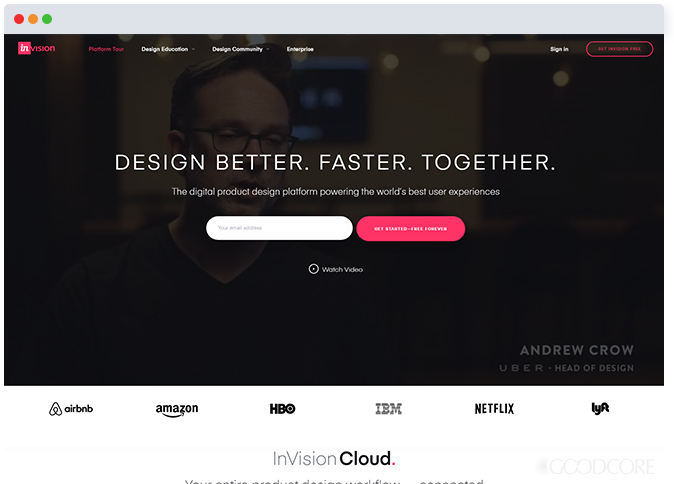
Prototyping is a major part of the software development process, and InVision is a prototyping tool that facilitates collaboration amongst the software development team during this process. With InVision, developers can not only design the prototype but also test it for usability and functionality before writing the code of the actual product.
Wrapping Up!
Work-from-home or remote work policies are a crucial need at this point in time. Whether you are an employer who is uncomfortable about the notion of your workforce working from home, or an employee bummed about not being able to go to work, it is essential to understand the importance of observing isolation and social distancing amidst the COVID-19 outbreak.
If you find working from home challenging or if it is your first time, don’t worry; there are tools to help you with every aspect of work-from-home, from time-tracking to communication. Make your health your top priority and make the most of your work-from-home situation. We hope our article has given you sufficient information regarding the best remote working tools to help you through these trying times.




